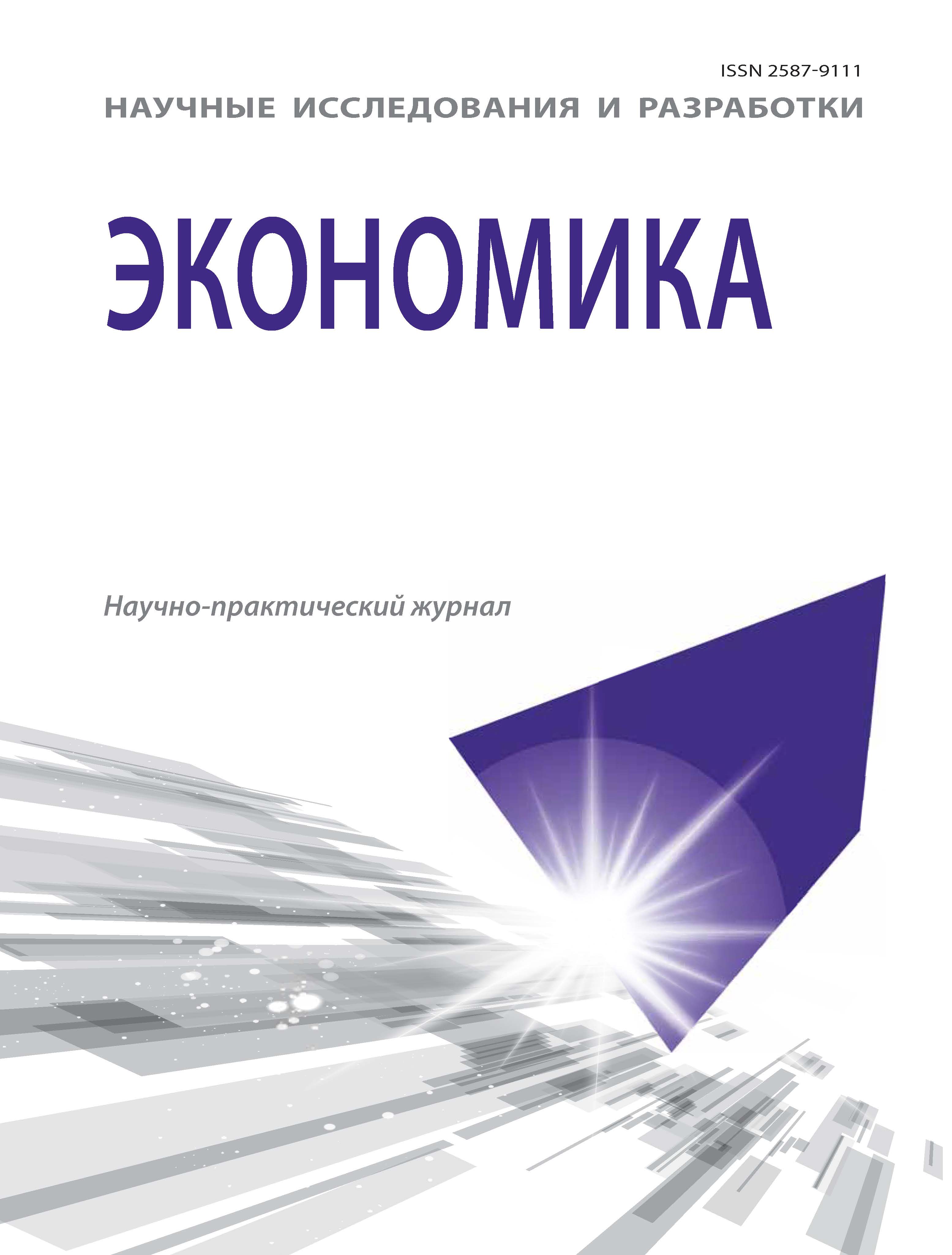Higher Education has become the backbone of economic success in rapidly developing countries such as the United States. This paper looks to analyze the strengths, weaknesses, and opportunities associated with bettering our educational system in hopes of having a predeveloped workforce for the 21st century and beyond. The ability to develop and manage knowledge and practical skills in conjunction with what real world employers are looking for, would close the gap between higher education and job success. This streamlining of the education system would better support businesses as they look to expand, start new ventures, and develop into companies that supply services or products in demand by the rest of the world. It is important that when implementing these recommendations, one does not restrict students from thinking constructively and innovatively. Innovative knowledge is critical to the development of processes that will make companies more efficient in the future. The goal is to enable higher education to foster the development of workforce better suited for business in the 21st century and a citizenry able to contribute to the overall well being of society. This paper does make recommendations that will develop students in a way that will better prepare them to play integral roles in companies immediately, which in turn will help build companies and the communities in which they operate. This will promote a cyclical development of individuals, businesses, communities, and finally the schools themselves- all which will be critically important in our modern era and ahead into the future. Overall economic wellbeing, happiness, and unity among citizens would be the goal with businesses and schools standing to gain overall cutting edge performance from their employees and students.
education development, streamline education, predeveloped workforce.
Our sincere thanks to Professor for giving us an elaborate feedback and critique on this paper. Her feedback has been incorporated into this paper.
Challenges to Education in the 21st Century
Introduction
«Today’s world is characterized by rapid change and knowledge-based economies. Enterprises are more knowledge-intensive, and increasingly rely on the ability to create and exploit knowledge in order to capitalize on this change and thereby achieve sustainable development... successful knowledge management is often the chief determinant for the survival of an enterprise in the knowledge-based economy (Zhou & Vaccaro, Knowledge Innovation).» Developing a system that easily allows for the transfer of students into the workforce following graduation has been a growing dilemma. Colleges have been at issue with determining what employers want from students when they enter the workforce, because of the
rapidly changing world of business and the way businesses meet client needs. It has become a bigger issue as businesses actively advance their technologies and processes to be more efficient, reduce costs, and provide a better experience for their clients. As these things have happened, colleges have fallen farther behind and developing students to be in line with what employers need.
A source is needed here to support the notion that this is actually a goal of higher education and a true dilemma. «We know that the nations that out-educate us today will out-compete us tomorrow. The ability of new industries to thrive depends on workers with the knowledge and the know-how to contribute in those fields. Unfortunately, today, our primary and secondary schools continue to trail many of our competitors, especially in the key areas of math and science. Here he is talking about k-12 education. You need a link to higher education which is the focus of this paper. Hundreds of thousands of high school graduates who are prepared for college don’t go to four-year or two-year schools because it’s just too expensive’ they run out of money. And roughly 40 percent of students who start college don’t complete college. So all along that education pipeline, too many people–too many of our young talented people — are slipping through the cracks. It’s not only heartbreaking for those students; it’s a loss for our economy and our country I would delete this part «hundreds of thousands… loss for our economy and our country» of the quoted passage because it is focused on the cost of higher education rather than the ability of higher education to prepare students for the workforce. (Obama, 2009).»
1. Kodrzycki, Yolanda, K., (2002). Education in the 21st Century: Meeting the Challenges of a Changing World. Federal Reserve Bank of Boston.
2. National Assessment of Educational Progress, (2012). 2012 trends in academic progress.
3. Washington, DC: National Center for Educational Statistics.
4. National Governors Association Center for Best Practices, Council of Chief State School.
5. Officers. (2010). Common core state standards for English language arts & literacy in history/social studies, science and technical subjects. Washington D.C.: National.
6. Governors Association Center for Best Practices, Council of Chief State School Officers.
7. Obama, B. (2009). Remarks by the President on innovation and sustainable growth.
8. Retrieved September 28, 2009, from http://www.whitehouse.gov
9. Zhou, Mi., Vaccaro, Louis C. The Crucial Role of Higher Education in Regional Economic Development. University of Science and Technology of China, HEFEI, PR China (need full citation).
10. Zhou, Mi., Ma, Weimin., & Vaccaro, Louis C. Information Systems Application in Inter-Institution collaboration in Higher Education. University of Science and Technology of China, HEFEI, PR China (need full citation).
11. Zhou, Mi., Vaccaro, Louis C. Knowledge Innovation: A Strategic Approach to Promoting Knowledge Management. University of Science and Technology of China, HEFEI, PR China (need full citation).






